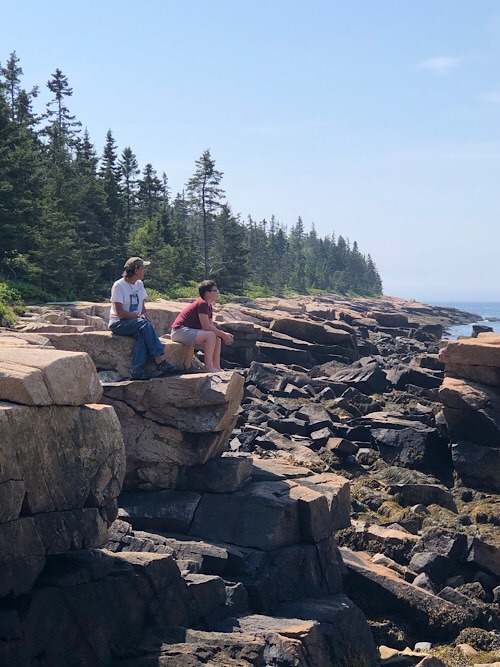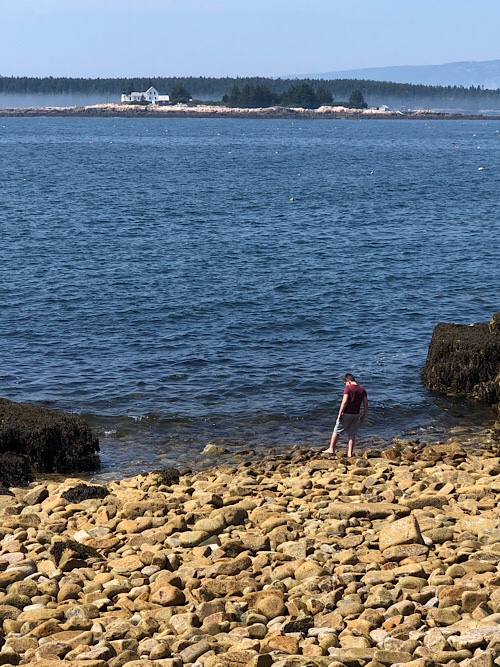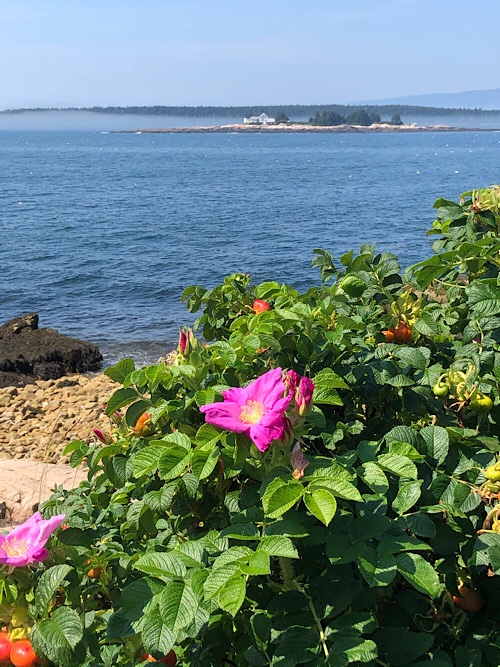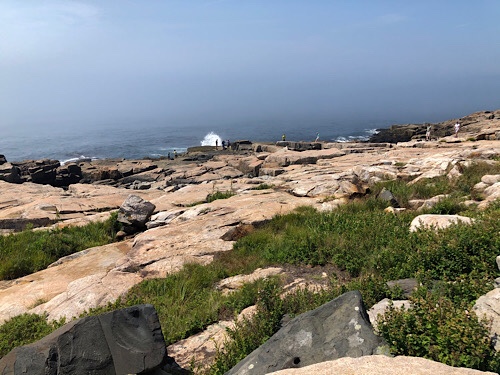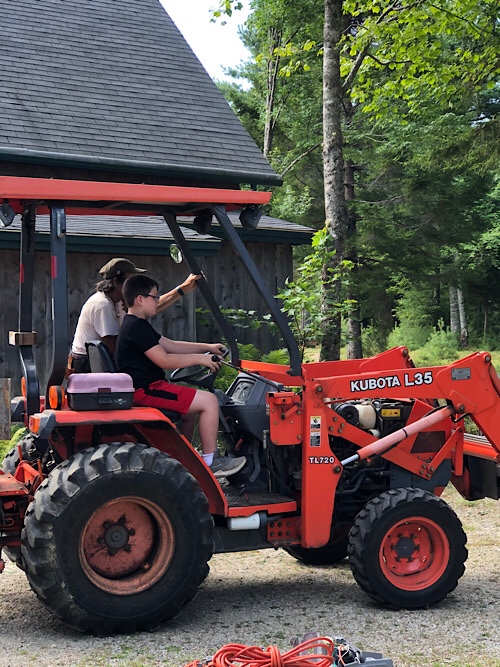I just loved this lettuce and it makes a beautiful subject for garden photos.
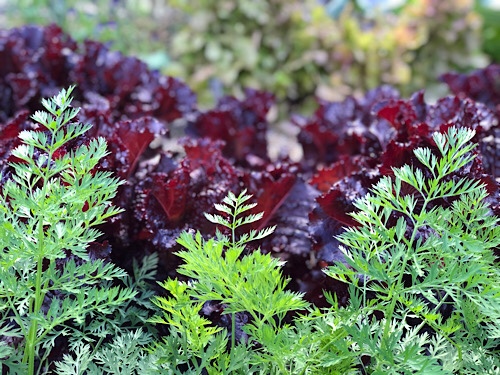
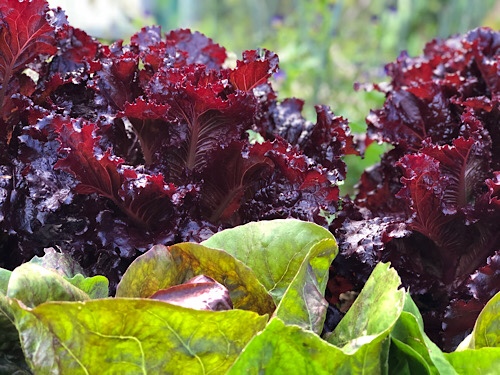
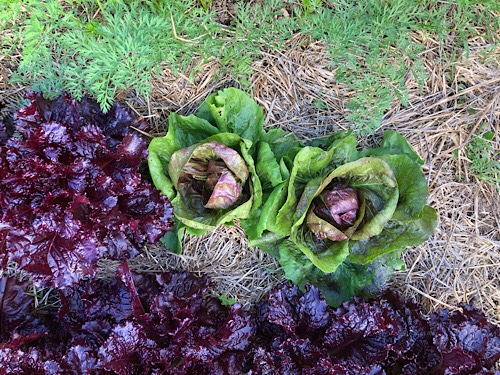
our maine home – zone 5b
I just loved this lettuce and it makes a beautiful subject for garden photos.




I harvested one row of the remaining basil patch in the hoophouse. Following this blog post’s recommendation of the best way, I washed and dried the leaves and stuffed them into freezer bags. Easy. Much easier than attempting to freeze as pesto in ice cube trays, which was honestly a disaster.
More basil to process, about three times that much again. I like it fresh but it’s starting to get brown.
An Oregon Cottage – Freezing Basil Leaves 6 Ways: Which is Best?
I’ve been working in the hoophouse today. Garden work helps stabilize my mind and heart, even as it fills me with an ominous sensation that fall is coming. Another way to look at it — the future is coming, whether I like it or not. No way to just stay here among this late summer beauty/bounty for awhile.
I’ve harvested some lingering summer veggies. All of the peppers are picked, half of the eggplant, half of the basil, and a handful of okra pods. There are still some remaining: a few eggplant, a few okra, the massive bush of tomatillos (are they going to ripen?), and half a bed of basil.
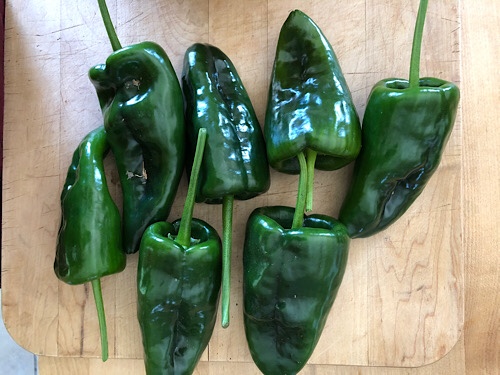

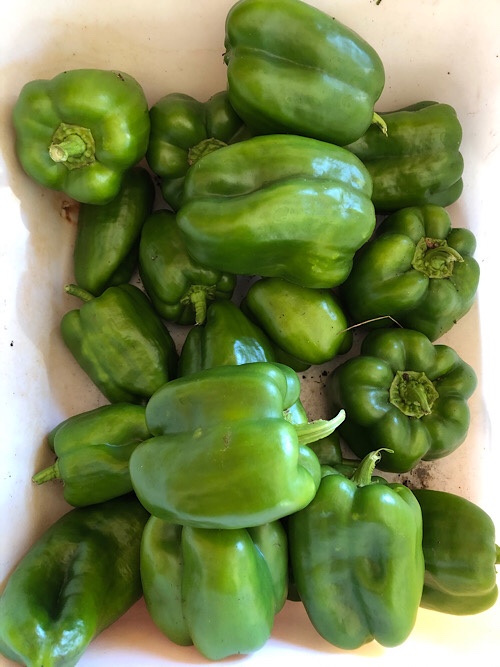
I have some alliums curing in the hoophouse. I trimmed these cippollini and shallots and brought them inside for daily use.
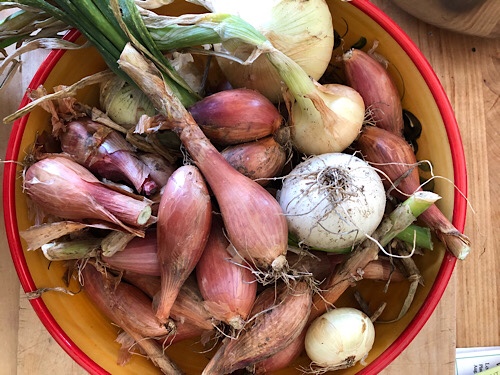

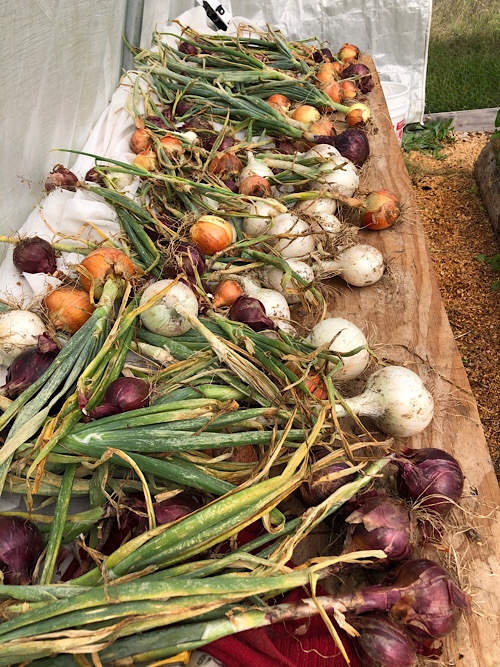
There were several trips to the compost, taking remnants out of the hoophouse beds to make way for new plantings of spinach, winter lettuce, and arugula.
The house looked nice from the garden. That billowing row cover was supposed to provide shade to prevent sun scald on some prime tomatoes. I think it’s outlived its purpose.
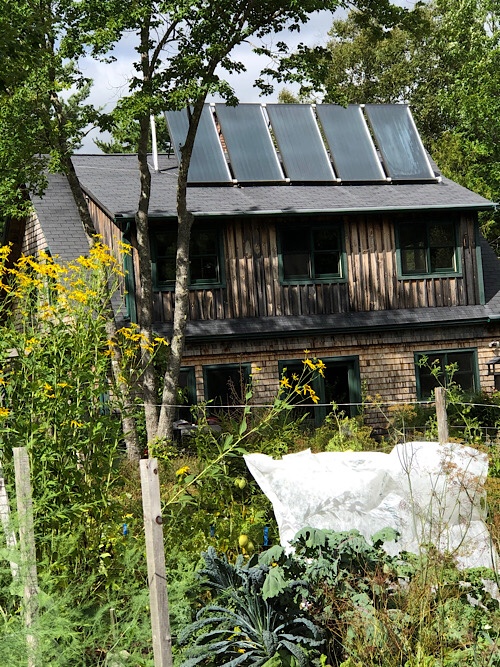
It’s hard to convey the experience of living within a small forest of sunflowers. All of them were volunteers and currently providing feasts for all kinds of insects and a few birds and small mammals too. A lesson in generosity.
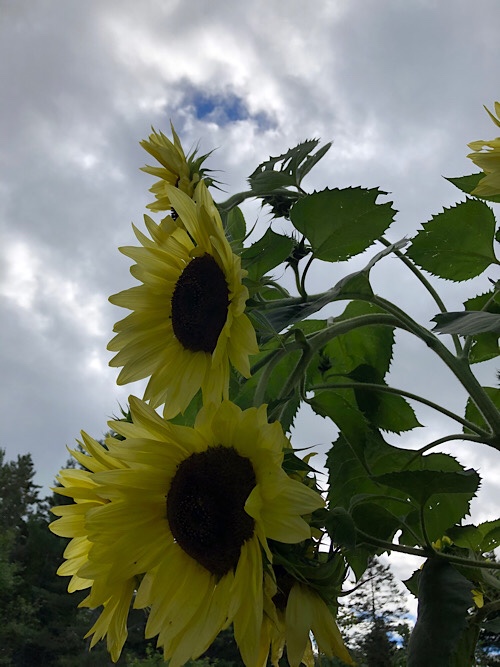
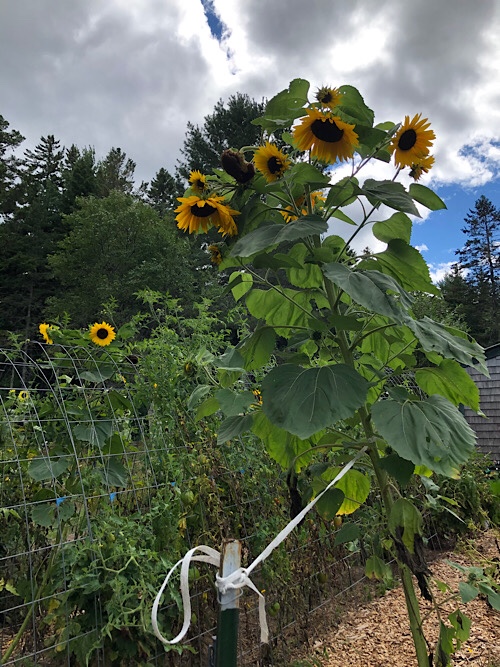
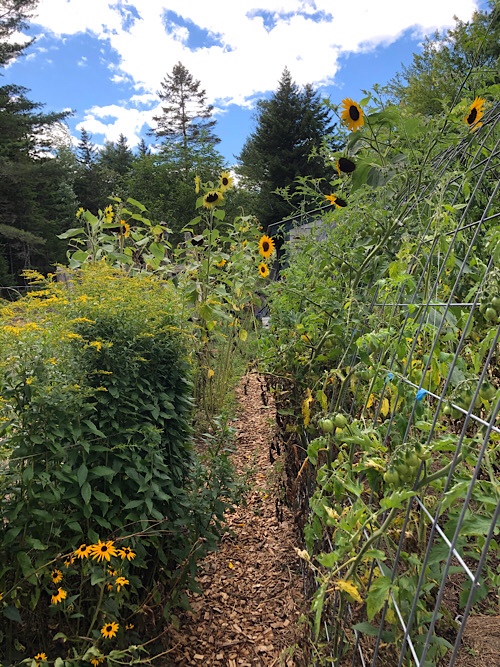
I harvested this massive Farao cabbage. Six pounds! A bit overdone as it was splitting and had some rotten leaves at the base.
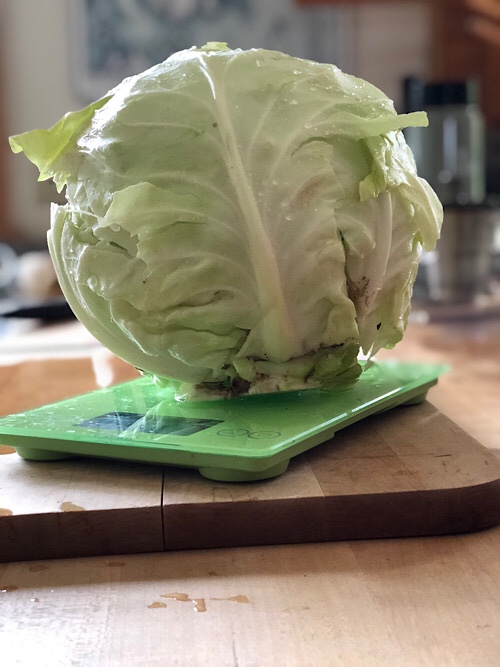
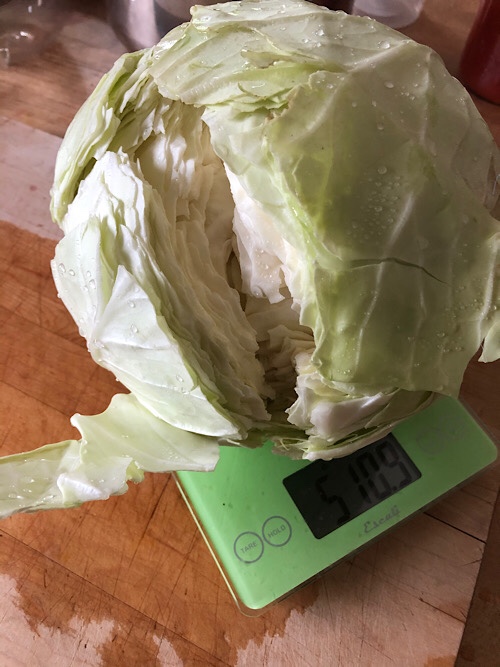


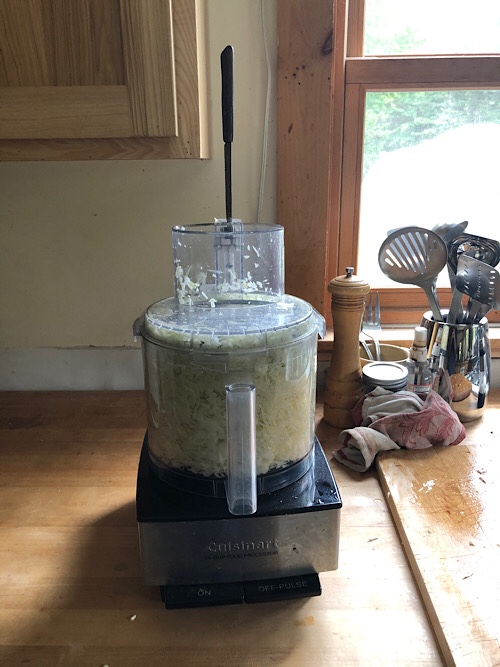
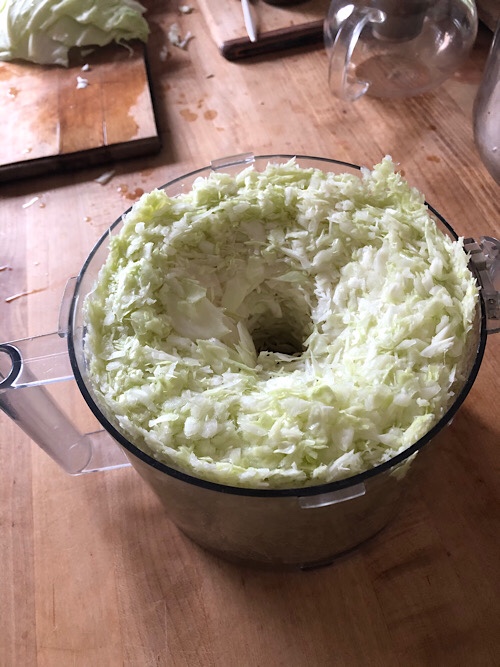

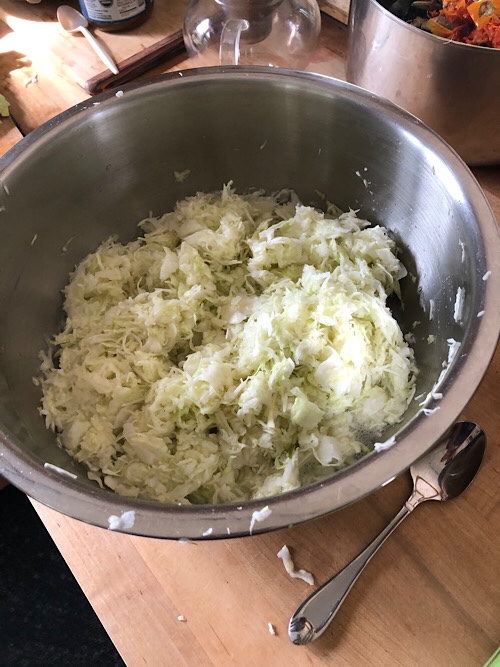
We then place the kraut in a well-cleaned and sanitized crock. A little sauerkraut juice from the previous batch is added as a starter. A few cabbage leaves and weights hold the shreds under the brine for anaerobic fermentation. Lastly the lid is put on and a little water is poured in to the moat.
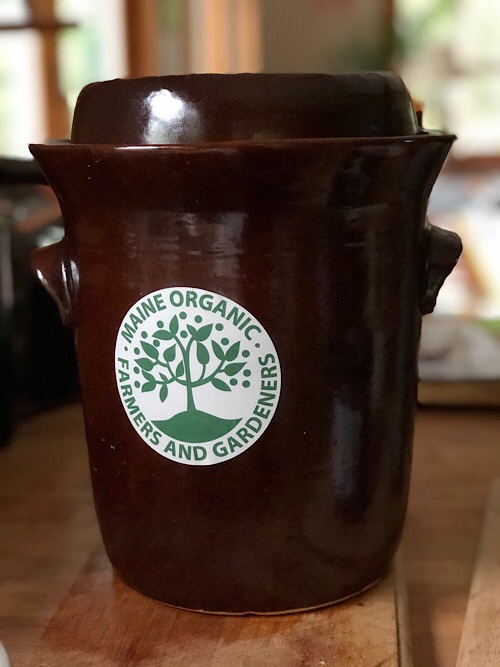
Bubbles started coming up though the moat within a few hours. It’s a very companionable sound.
Updated to show results after about a week of fermentation:
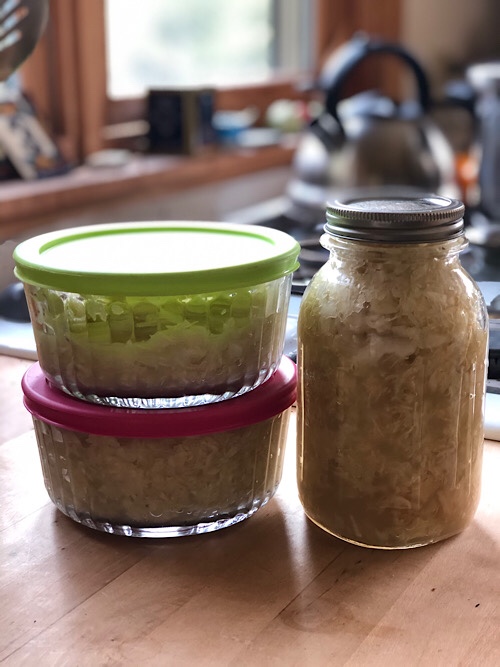
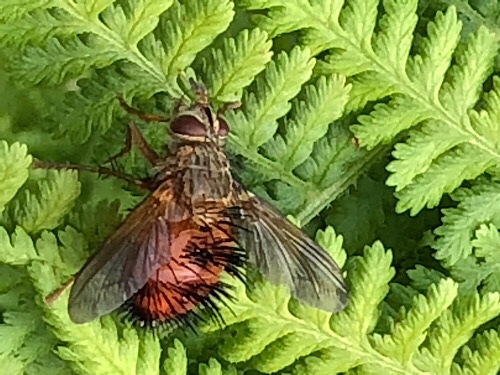
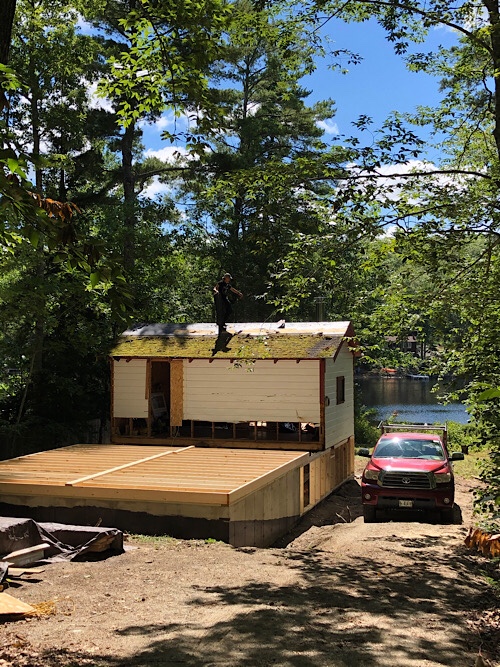
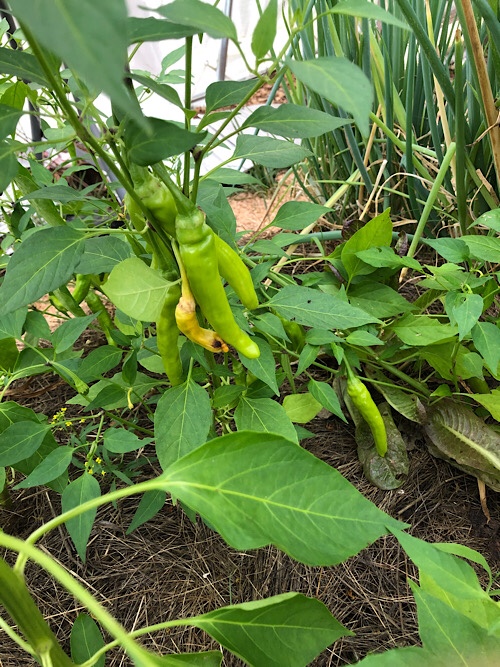
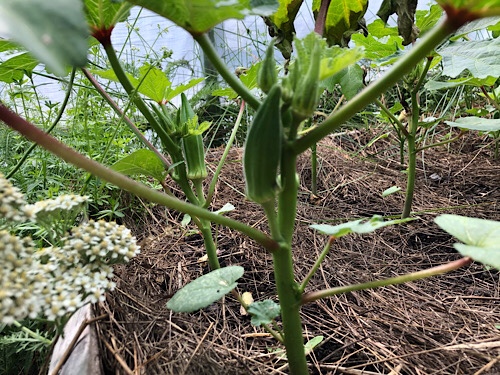
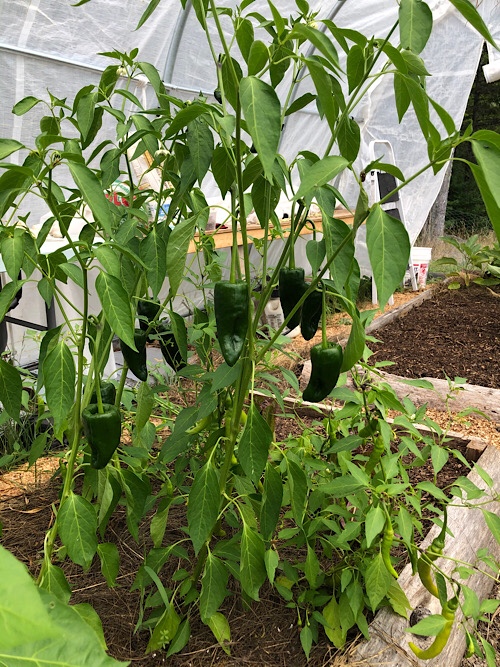
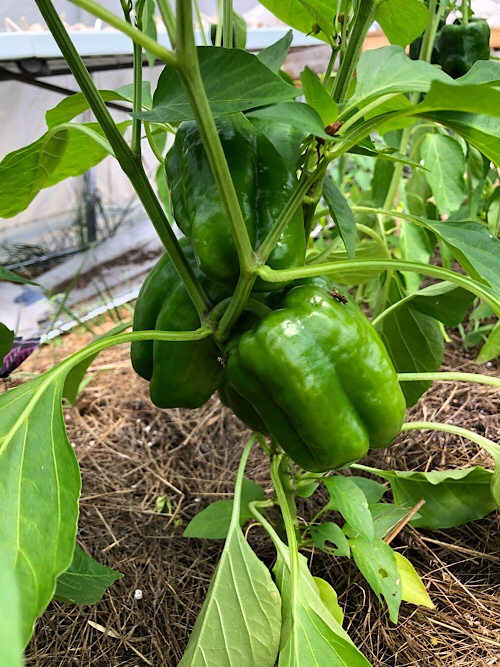

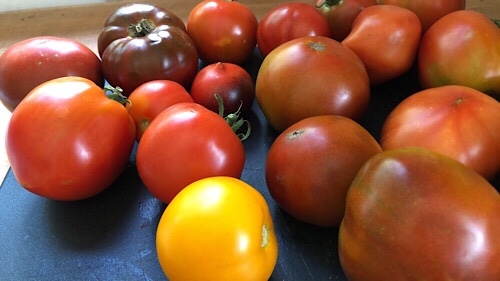
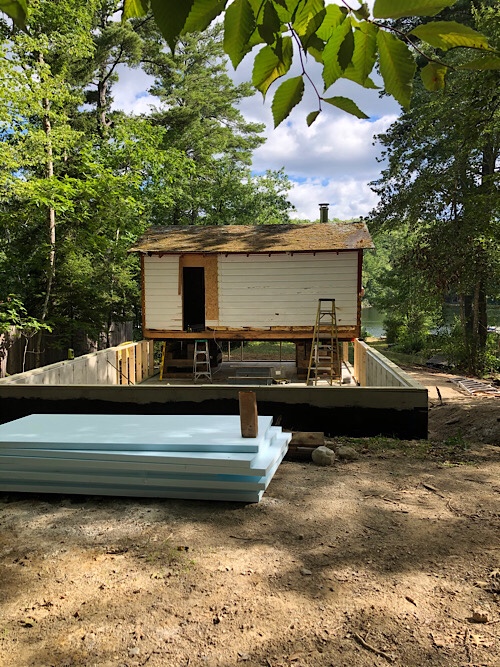
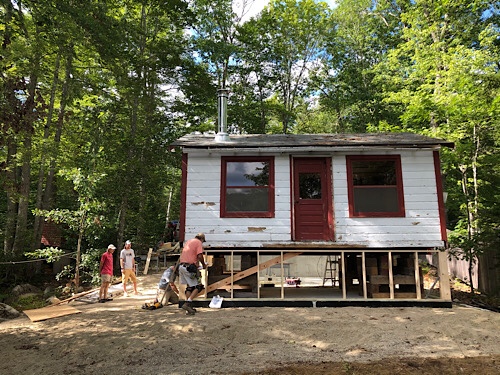
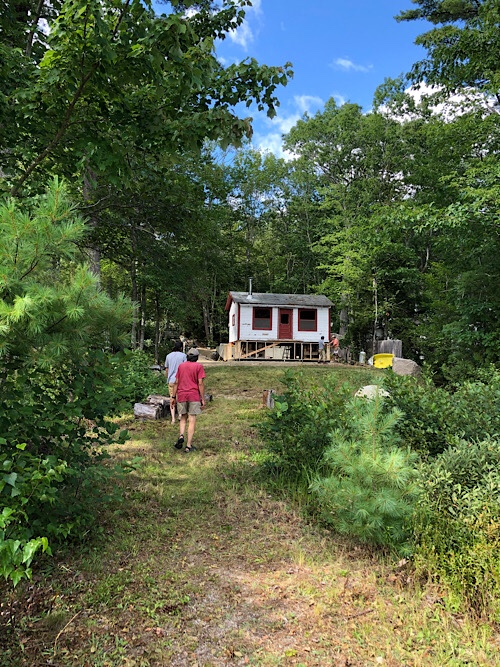
The carpenters started working at camp on Monday August 18th. A huge milestone. Feels a little alarming really as I try to visualize the completed structure. It seems huge and ungainly compared to the compact one room building that’s been there.
We ended up saving the original structure, although this seems crazy and will cost extra. Now that it’s been decided, I feel happy that it will be there. Although the roof will be coming off, the front and back walls will be completely different and nothing about it will be recognizable. We will know it’s there as a small legacy from Ray.
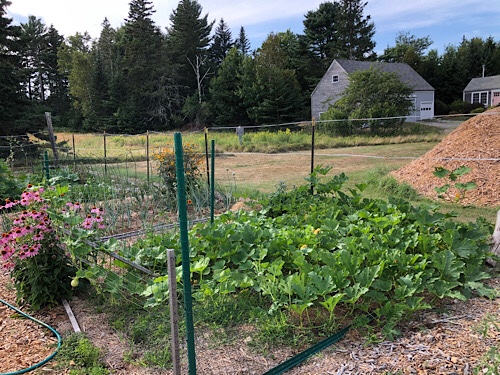
I love this photo although it’s a bit fuzzy. The evening light, the barn next door, the trail head and surrounding forest. The echinacea glowing pink at the left edge and the pile of wood chips at the right edge. Most of all, the happy squash plants.
I really struggled to nurture these plants through serious transplant shock and then countering a squash beetle threat. I tried row covers, but found eggs on the plants that were under cover! So off came the covers. I then inspected the back of each leaf daily for a few weeks, tearing off the part of the leaf where eggs were laid. Not a single beetle on my adult plants. And they are growing like crazy! Some plants didn’t make it of course, but the others are just enjoying the extra room.
Growing squash is always fun because you don’t know what you’ve got under there until the foliage starts to die away. But I know I have at least a few butternut squash and a few pumpkins. I haven’t successfully grown butternut squash for a few years so this crop is especially sweet. On the other hand, my delicata and hubbard squash crops were a miserable failure this year, so there’s always some balance to contemplate.
